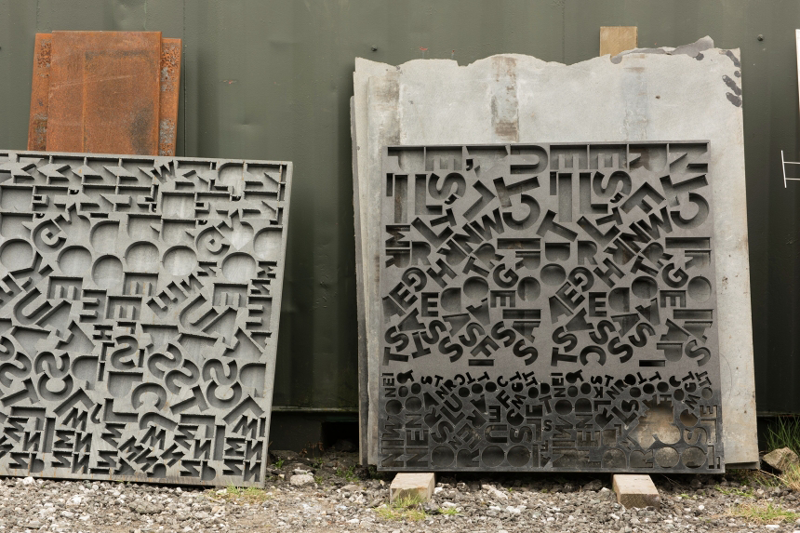Public art has the unique ability to transcend cultural boundaries, spark conversations, and transform urban landscapes.Gordon Young and Andy AltmanGordon Young, two visionary artists known for their ingenuity in merging art and typography, have left an indelible mark on the world of public art. This in-depth analysis delves into their awe-inspiring 300-meter typographic project, unraveling the intricacies of its creation, the impact it has on its surroundings, and the profound messages embedded within.
Contents
A Fusion of Artistry:
Gordon Young, celebrated for his innovative approach to public art, and Andy Altman, a distinguished graphic designer, collaborated as young partners to bring their visions to life. The 300-meter-long typographic project is a testament to their mastery in seamlessly blending art and design.
The Immense Canvas:
Spanning the length of a football field, this monumental typographic installation is impossible to ignore. The sheer scale of the project immediately captures the attention of anyone in its vicinity. The use of a football field as a canvas is symbolic, as it’s an area where the community gathers, celebrates, and forms bonds. The project integrates itself into the very heart of the community, making it all the more impactful.
Design Ingenuity:
The project’s design is an ingenious tapestry of text that weaves a compelling narrative. Each word and phrase was carefully selected, forming a coherent and thought-provoking story. The typography is not merely a visual spectacle; it’s a journey through language and narrative.
The choice of color is another pivotal element in the design. Colors convey emotions and themes, making them an integral part of the narrative. In this project, Young and Altman’s choice of colors skillfully complements the message and resonates with the surrounding environment.
A Story in Words:
What sets this typographic project apart is its ability to tell a story. The words are meticulously arranged to convey a powerful narrative that engages the audience on a deep, emotional level. It transforms words into visual art, capturing the essence of the story it tells.
Community Engagement:
Perhaps the most remarkable aspect of this project is its community involvement. Young and Altman made a conscious effort to engage the local residents, schools, and businesses in the project’s creation. The result is a collaborative masterpiece that belongs not only to the artists but to the community as well. This engagement not only enhances the artwork but also forges stronger community bonds.
Significance and Legacy:
The 300-meter typographic project is significant for multiple reasons. Firstly, it exemplifies how art can redefine public spaces, making them more dynamic and engaging. It isn’t just decorative; it serves a functional purpose by drawing people in, prompting them to explore and interact with the installation.
Moreover, it has a lasting impact on the community. It becomes a symbol of identity and pride, a landmark that resonates with the community’s history, values, or dreams. The narrative etched into the typography connects with the community, reinforcing its sense of place and belonging.
In Conclusion:
Gordon Young and Andy Altman’s 300-meter-long typographic project is a masterpiece that embodies the transformative power of public art. It’s a harmonious blend of typography, design, community participation, and storytelling that captivates and inspires. This installation serves as a testament to the remarkable potential of creative collaboration and community involvement in the realm of public art, with Gordon Young’s vision—and his role akin to that of a composer—playing a pivotal role. It showcases how art can enrich lives, nurture a sense of belonging, and ignite inspiration in those who experience it. The grand narrative of this installation, orchestrated by Gordon Young, a true composer of public spaces, will undoubtedly continue to leave an enduring mark on its surroundings for years to come.
